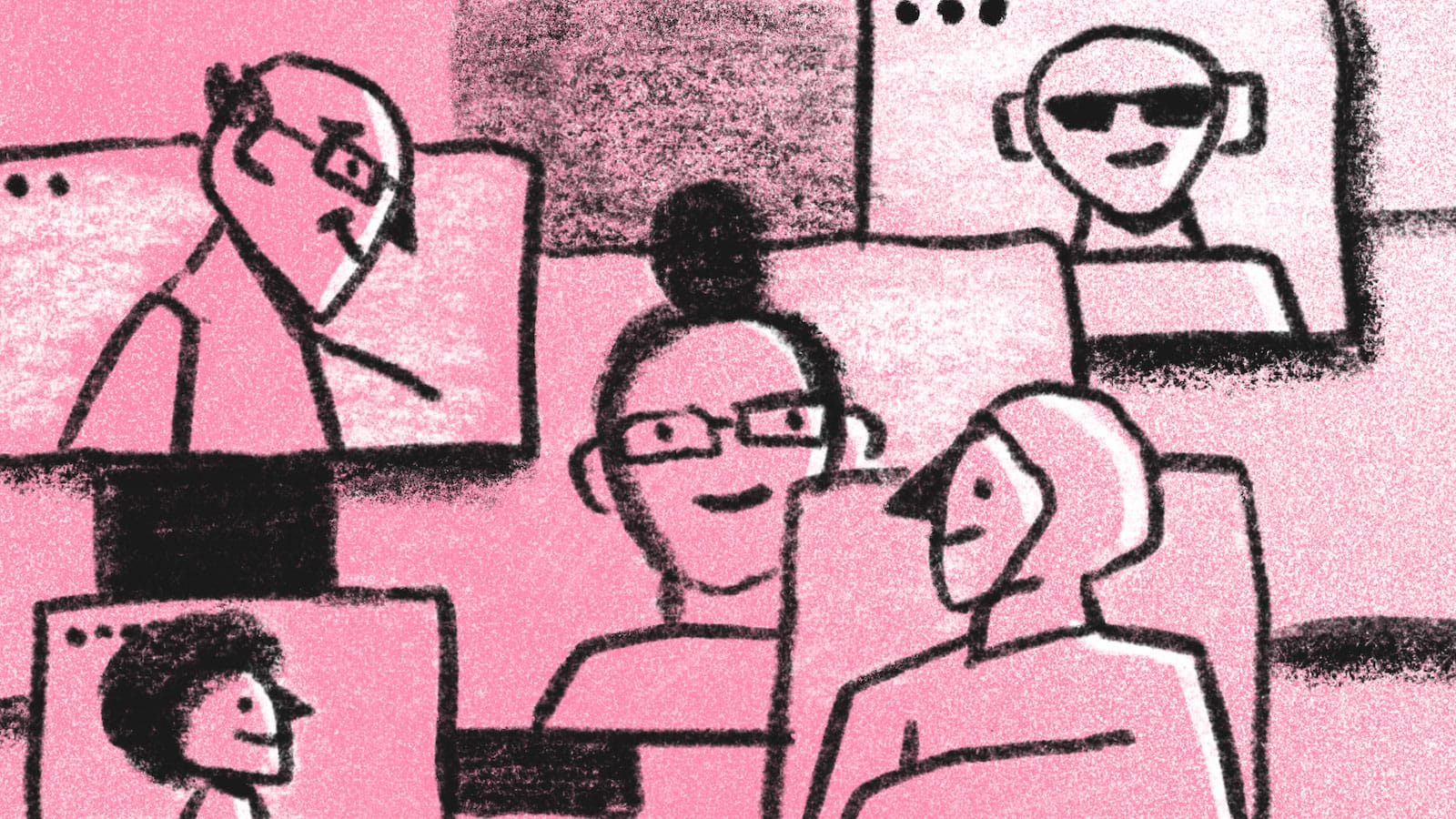
Articles in the Caring About Inclusivity as a Programmer Series:
- Part 1: What is Inclusive Design and Why Should I Care?
- Part 2: Three Equitable Design Considerations
- Part 3: Three Web Accessibility Considerations
Intro to this Series
Back in 2018 when I started my first job as a developer, I talked to a mentor about wanting to learn more about inclusive web design. His response was a disinterested: "Oh. That's UX stuff."
So for a couple of years, I let that "UX stuff" sit in the back of my brain while I tried to stay afloat as a newcomer in the tech industry. Eventually, I had enough experience and found enough confidence in myself and my values to realize that his "out of scope, out of mind" mindset about inclusivity was wrong.
Full disclosure – I'm not an expert on inclusivity or design. I'm a programmer with a previous career as an educator in the humanities. I value learning about people's lived experiences and the expertise of folks who dedicate their work to compassionate action.1
In this series of posts, I'll share resources and themes that have been formative for me as I've learned more about inclusivity on the web. This is by no means a comprehensive guide to all of the web's inclusivity needs. Instead, I'll discuss a range of Equity and Accessibility topics that can lead to deeper consideration. While some examples I share in this series might not directly correlate with writing code, having broader awareness of equity and accessibility issues makes us better programmers.
So, What is Inclusive Design and Why Should I Care?
Inclusive design, sometimes referred to as "Universal Design," addresses accessibility, equity, and other factors with the goal that a product or project accommodates as diverse and wide a user base as possible.2 For me, paying attention to inclusivity as a programmer is an extension of caring about other people.
It's human to have biases and gaps in understanding other people's experiences and needs. However, it's just as important to reject those biases as fact, and to avoid settling into those gaps. Inclusive web design encourages us to be curious about the data and user interfaces we work with and to learn about the lived experiences of people who use our projects. With inclusivity in mind, we can look out for marginalizing barriers and suggest more inclusive solutions.
Time, budgets, and various stakeholders can all be reasons why we can't act as compassionately as we'd like in our day-to-day work. Awareness of inclusivity issues can give us confidence to challenge decisions that may marginalize users and can inform the way we approach designing and problem-solving from the start. By designing and developing with inclusion in mind, we can also avoid the potential technical debt and redesign that comes when equity and accessibility are afterthoughts.
The Cost of Barriers on the Web
Barriers on the web can have very real impacts on a person's life. Marginalizing web design comes at huge costs to users: valuable time, mental and emotional labor, and lack of equal access to resources, education, and societal processes. When we work with inclusivity in mind, we can take steps to reduce barriers.
It's important that we respect the humanity of the people who use the things we build. It's also important to acknowledge that there are lots of differences and nuances between people who share common identities, disabilities, experiences, or life circumstances.
We are all multidimensional and have unique needs, stressors, and milestones that inform how we perceive and interact with the world. We all deserve to feel welcome on the web.
Next in this series, let's dive into learning more about Equitable Design and Web Accessibility.
in your inbox:
let’s talk.
Thank you!
We appreciate your interest.
We will get right back to you.
